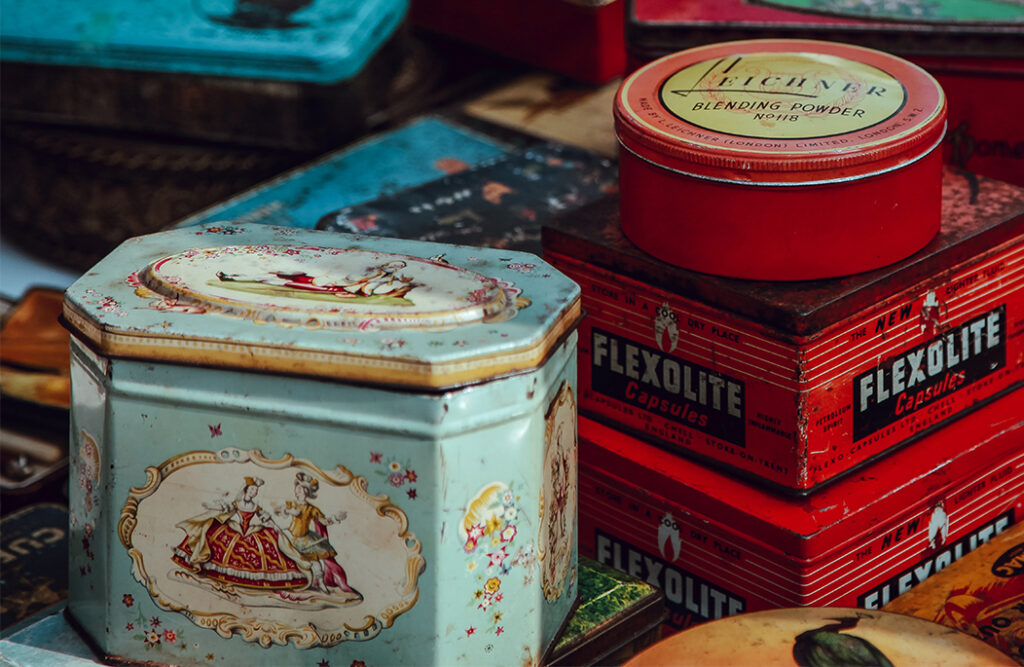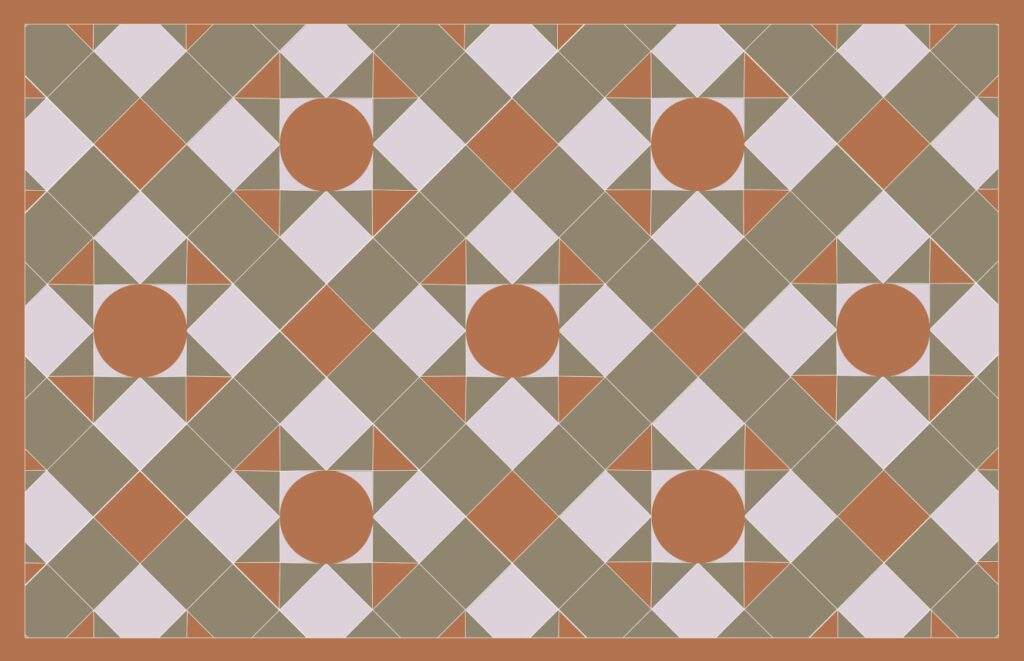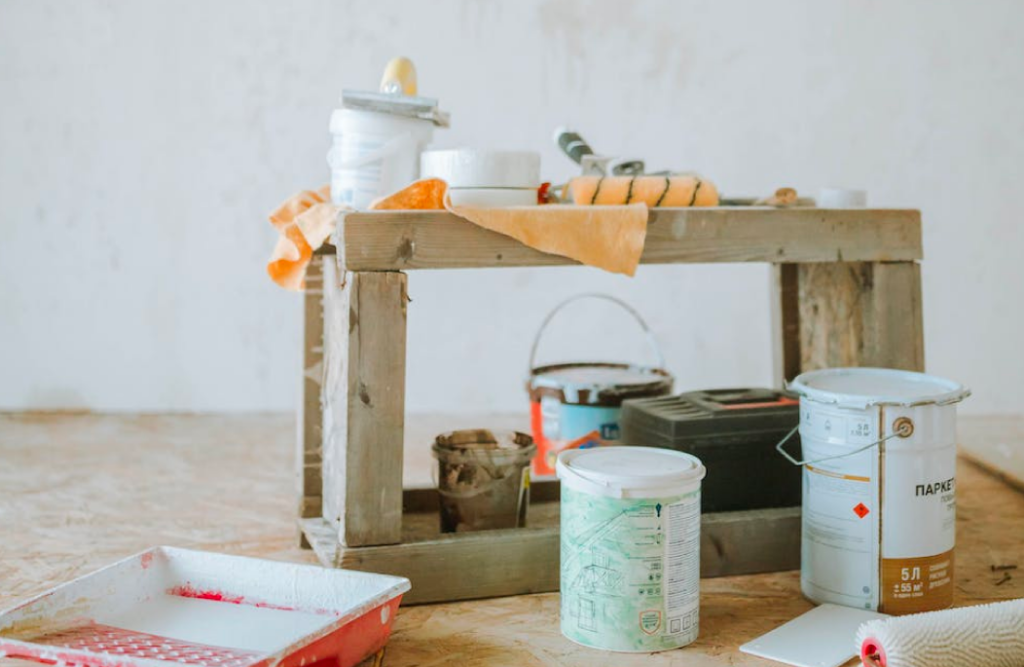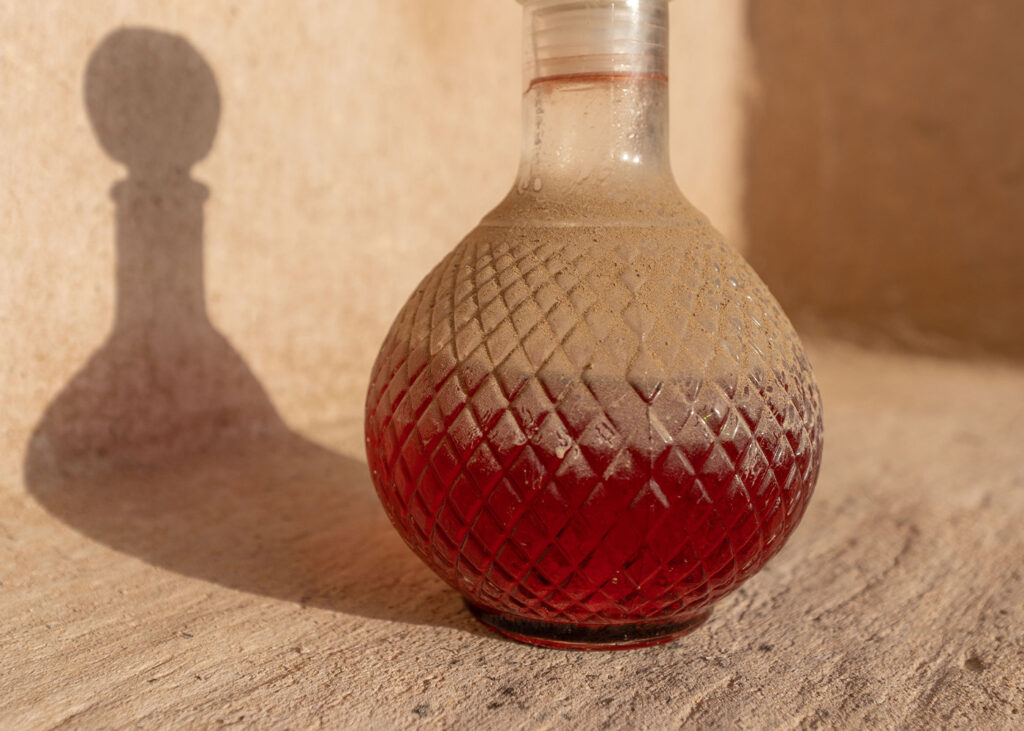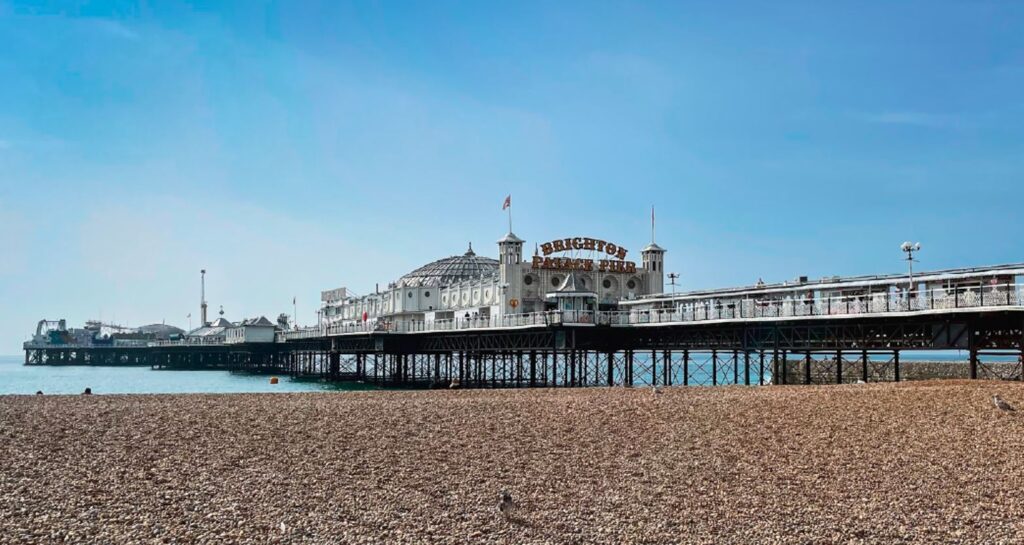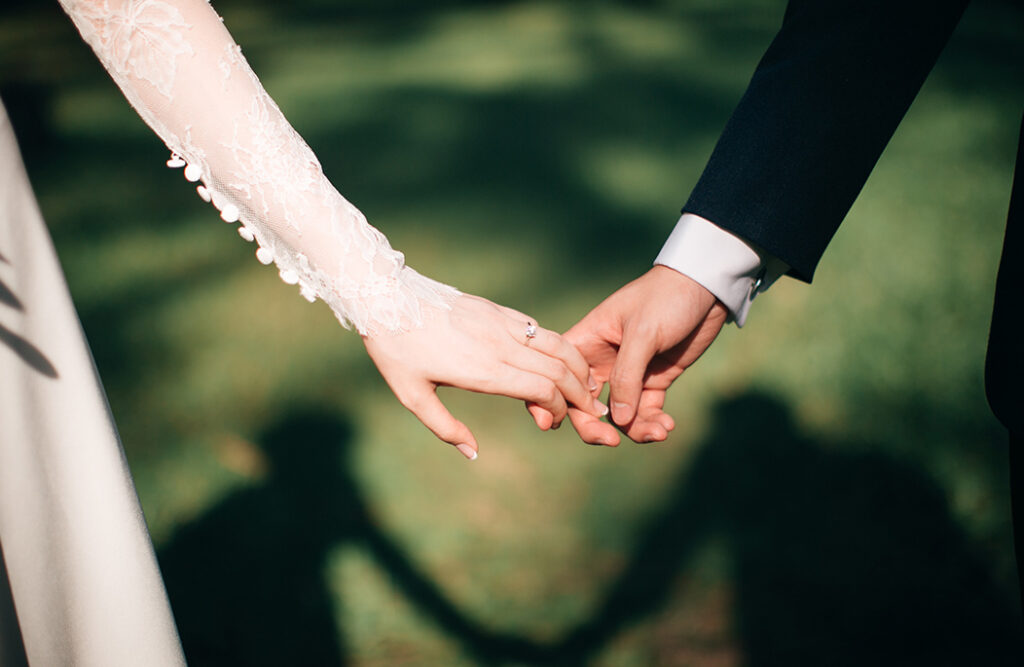If you live in a Victorian home and you want to sprinkle it with a little authentic antique charm without breaking the bank, a Victorian biscuit tin might be just the thing you’re looking for.
Decorative Victorian biscuit tins are very collectable and you can pick them up from an antique or second-hand shop for as little as £10 or £20, though rarer examples in pristine condition could set you back several hundred pounds. That may sound a lot for a biscuit tin, but it’s not a lot for a slice of Victorian social history which will look very much at home on your dresser or mantelpiece.
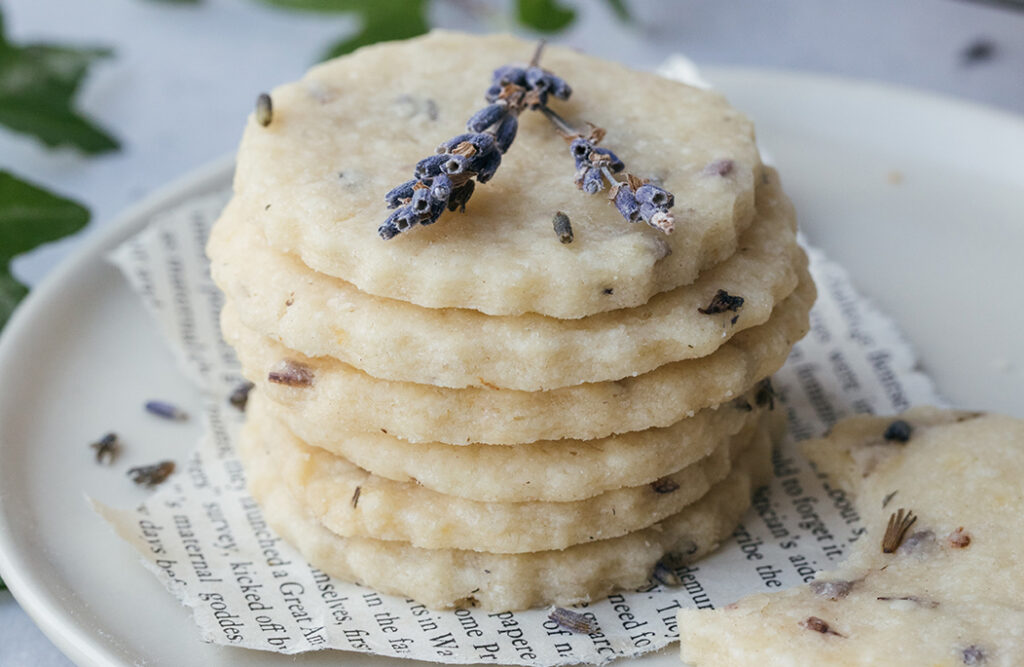
Why are Victorian biscuit tins so collectable?
The story begins in 1822 when Joseph Huntley started baking biscuits and selling them in baskets at coaching inns in Reading on the busy road from London to Bath.
In 1832, Joseph Huntley’s son, his namesake, Joseph, began making tin boxes in his ironmonger’s shop near the bakery. George Palmer joined the bakery in 1841 and the world-famous biscuit and cake company Huntley & Palmers was born. It was this company that popularised Victorian biscuit tin collections.
The tin shop, meanwhile, developed into Britain’s leading tin works Huntley, Boorne & Stevens. By 1898, more than 5,000 men and women worked in its 24 acres of workshops. It was the largest tin factory in the world and exported globally.
The first Victorian biscuit tins were large, square, 10lb-ers which Huntley & Palmers filled and labelled.
Made by hand, a skilled craftsman could make 100 boxes a day. Nonetheless, it wasn’t long before demand for Victorian biscuit tins outstripped supply.
Customers included a very loyal royal
Initially, designs were restricted to two colours and were printed directly onto the Victorian biscuit tin using a lithographic stone. In the 1860s, paper transfer printing developed. The transfer would be soaked and pressed onto the tin and the backing paper would be wiped away, much like a child’s stick-on tattoo is applied today.
The earliest example of a printed Victorian biscuit tin was patented by Benjamin George of London, and it took his name. The artwork was by Victorian designer Owen Jones, who had created Huntley & Palmers’ distinctive garter and buckle trademark in 1851.
In 1877, Huntley, Boorne & Stevens acquired the exclusive rights to the new “offset lithography” process for printing on metal. This allowed for more intricate shapes and coloured tin designs.
Huntley & Palmers commissioned a Speciality series of tins in the 1870s. They were rectangular, combined several colours in simple patterns, and incorporated the royal coat of arms as Queen Victoria herself was a loyal customer.
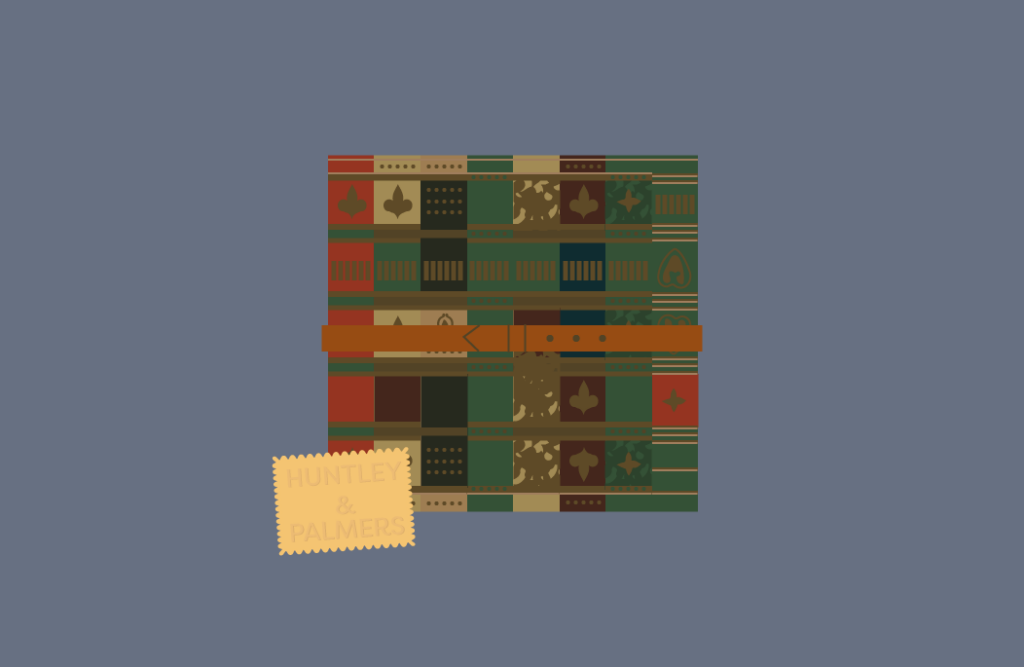
Different shapes were introduced
Early Victorian biscuit tins were mostly rectangular or square and were decorated with simple images. However, by the 1890s, tins could be fashioned into the shapes of specific objects.
Examples of these shaped Victorian biscuit tins include:
- Huntley & Palmers’ first book-shaped tin, “Library”, in 1900
- In 1901, “Literature” – depicting a pile of bound books – was released
- Two years later, the Waverley was issued in the shape of eight bound books written by Sir Walter Scott
The book tins were one of the most popular tins with customers and remain amongst the most collectable of Victorian biscuit tins today. There must still be plenty of them around as between 1900 and 1924, more than 650,000 book-shaped tins were issued by the company in ten different designs.
Early biscuit tins had featured the manufacturer’s name on the design, but it became less fashionable to advertise in such a “vulgar” manner during the Victorian era. From the 1880s, the Huntley & Palmers name was inscribed only on the base of the tin, which made them even more fashionable to display as ornaments or for storage in the Victorian home.
Almost 300 decorative biscuit tins – including an African thumb piano made from a recycled tin – are on permanent display in the Huntley & Palmers Gallery at Reading Museum.
Learn more about the Victorians and their homes
Download our free ebook, which is full of Victorian house facts, tips on how to create a Victorian style house — even if you live in a new-build home — and advice on where to source original Victorian and reproduction fixtures, fittings, furniture, accessories and art.
Looking to insure your Victorian Home?
Adrian Flux is a specialist insurance compnay offering bespoke cover for all period and Victorian homes. Call 0800 369 8590 got a fast and hassle-free quote.
Our home insurance customers saved an average of 31% in 2021 when taking out a policy with us. See how much you could save by giving us a call.
